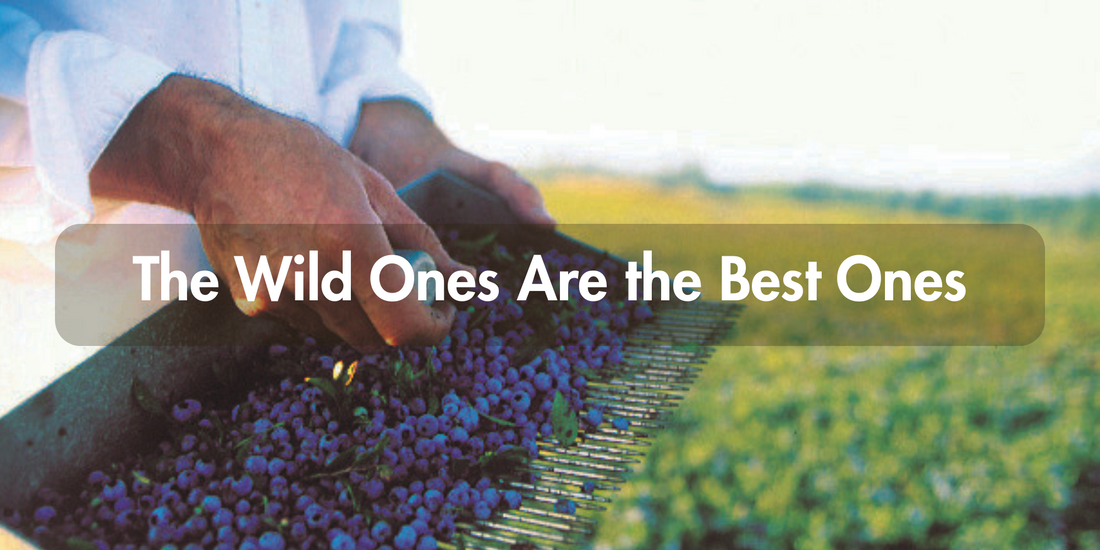
Wild Blueberries - Nature's Gift to Canada
By Mai Hong
You’ve had blueberries before. Big, round ones from the grocery store. Shipped from who-know-where. Consistent, mild, fine. The kind of fruit that behaves well in a smoothie but rarely demands your attention. But wild blueberries? They’re a different story. They’re not planted. They’re discovered.
Wild blueberries grow in only a handful of places on Earth. Eastern Canada happens to be one of them. In New Brunswick, Nova Scotia, and Quebec, small producers have been managing wild blueberry fields for generations, coaxing flavour from ancient plants not by redesigning them—but by getting out of their way.

No one knows that better than Brett Reidpath, a third-generation blueberry grower from Richibucto, New Brunswick. Reidpath manages over 500 acres of wild blueberry lands and works closely with a tight-knit group of growers.
As Reidpath puts it, “It's the only commercially available fruit crop that hasn't been selected or changed from its original form for the past 10,000 years. Nature got it right the first time.”
The wildness isn’t just a backstory, it’s what you taste.
What is a Wild Blueberry?

For anyone unfamiliar, the main difference is simple: wild blueberries are not planted. “We just identify locations where they already exist in the forest or old farm fields and manage them like crop,” says Reidpath.
They grow naturally in wild forests and sprout in patches that have been around for centuries, thriving in acidic soil and low growing bush.
By contrast, commercial cultivated blueberries (also known as highbush berries), have been developed for size, shelf life, and yield. They’re bred for consistency, not complexity.
Wild berries are not at any level selected for flavour or for its ability to withstand drought or colour. Every handful of wild blueberries is a mix of dozens of tiny, distinct clones—each with its own size, colour, and burst of sweetness of tang.

Tiny, Intense, and Ready for the Oven
Wild blueberries are small, sometimes half the size of their cultivated cousins. But that’s the point.
Smaller berries mean more skin unlike cultivated berries which hold more water. More skin is where the flavour is at. “They're really kind of a flavor explosion because they have a lot of that skin and not as much meal to them,” says Reidpath. It’s why wild blueberries don’t just taste sweet, they taste like something that was alive in a field. Something that had weather, character, memory.
They’re also excellent in baking. They hold their shape, they don’t water down batters, they don’t bleed or leak or flatten your dough. They show up.
And they never, ever taste the same twice.
Flavour That Belongs Here
We could have sourced blueberries from anywhere. But why would we?

Wild Canadian blueberries are the kind of ingredient that reminds you just how good local can be. Grown without being planted. Flavourful without being engineered. Baked into pies, muffins, pancakes, cookies—and every time, somehow they surprise you.
This fruit hasn’t changed. The same blueberries picked today are the same ones that grew here thousands of years ago.
How many foods can you say that about?
